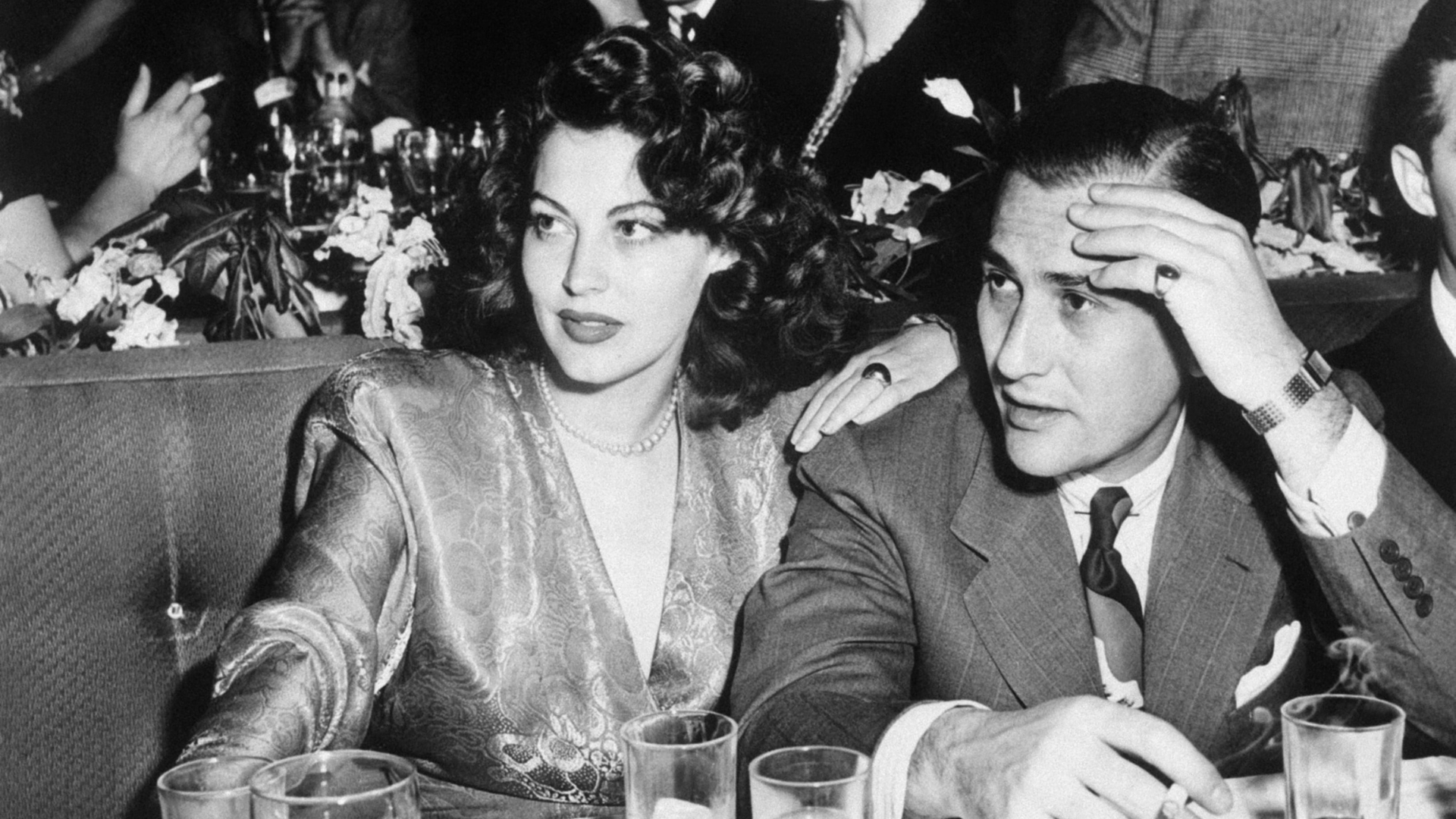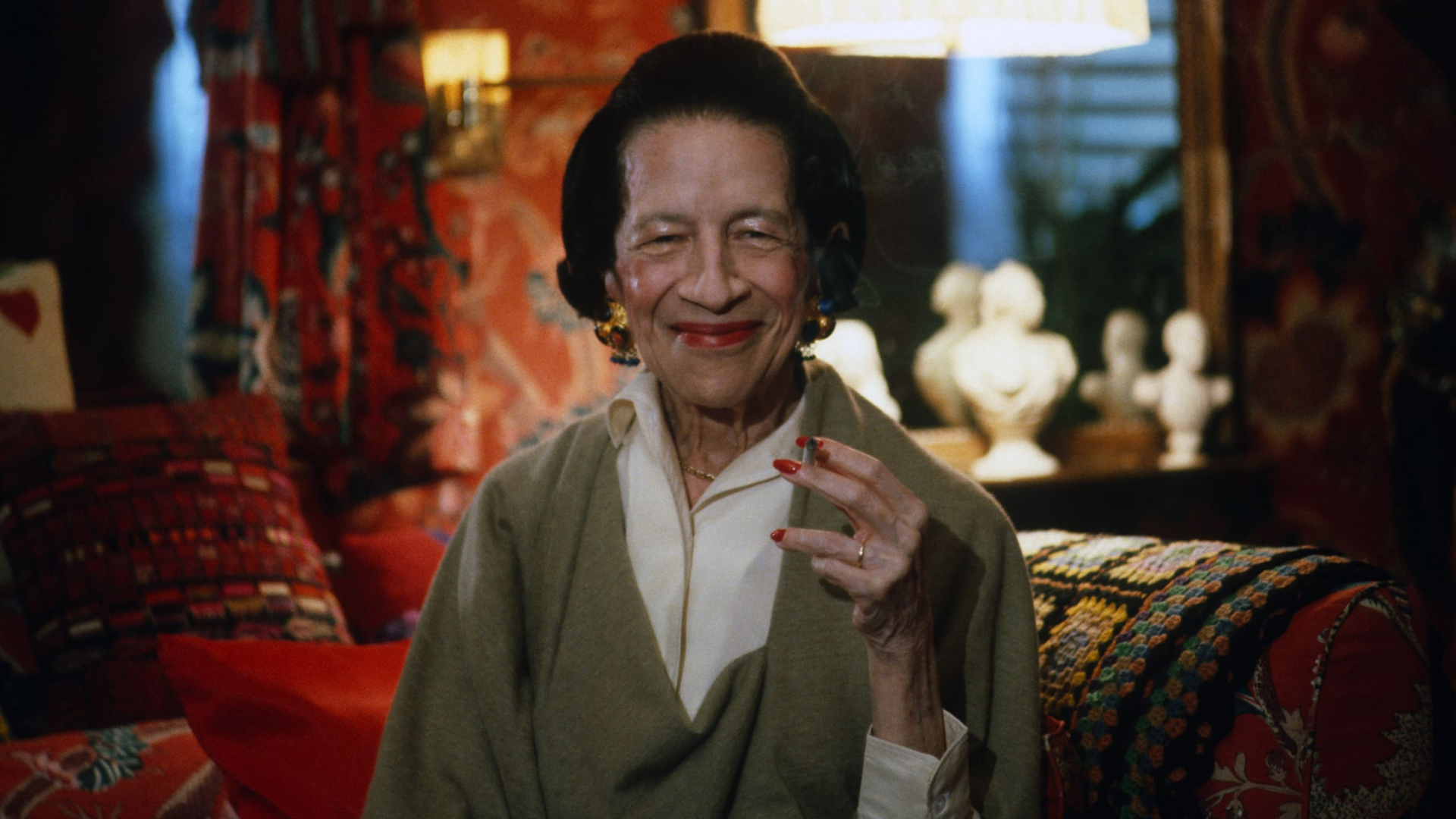Wallis Simpson, A Woman Scorned?
The public’s perception of Wallis Simpson should be revisited — not just for her own posterity but for the sake of womankind.

When the cultural fixation with Harry and Meghan reached its nadir — I think one can arguably assign this moment to either their untimely departure to the grand-old colony of Canada, or to that tiresome display of interviews, book releases and Netflix-sponsored tears — I found myself, during a rare day-job (relaxation) lull, tapping the words ‘most maligned women in history’ into Google. I did this more out of anger than sympathy — I knew there was a danger that the spin machine at Harvey Weinstein’s old publicists, whom she retained once in Tinseltown, might want to lead on this message.
Perhaps inevitably, Cleopatra was high on the list that topped Google’s results. The entry beneath her name referred to Roman writers portraying her “as a harlot who used her sexuality to control powerful men like Julius Caesar and Mark Antony”, before adding: “Rarely mentioned are her intelligence and excellent capability as a politician.” Plus ça change.
Scanning downwards, I learned that Catherine the Great “was an intelligent, powerful and skilled ruler” and a “patron of the arts and education”. Her crime? As the late-18th-century empress of Russia said herself, “The trouble is that my heart is loath to remain even one hour without love”. It sounded like a case of between- the-lines implications flashing in neon red. And Anne Boleyn? An “intelligent supporter of the reformist ideology and a patron of scholars”, but “executed for adultery and incest, solidifying her as a harlot persona” and, crucially, a “temptress” who lured Henry VIII into raising his gout-blighted middle finger towards Rome (an act without which we’d have no Trafalgar Square, Bonfire Night or Blackadder II, and the Swinging Sixties would have had about as much swing to them as a Bible belt sewing bee).


If you haven’t put your finger on the emerging theme here, the clue is in the word ‘temptress’. This ugly noun, coined by the Shakespeare contemporary and Alan Partridge forbear Thomas Nashe, casts women as manipulative and devious simply for playing their reciprocal role in an act that has driven humankind from savannah- roaming berry scoffers to a species now devoted to making scraps of silicon smart enough to conduct heart bypasses while remaining subservient enough not to rebel against their creators. Imagine David Gandy or Daniel Craig being described as a ‘tempter’, hell-bent on a mendacious toying with the human condition rather than just being a bit on the gorgeous side, and the word’s anachronistic folly is clear.
The website on which I found the list was one of those GCSE- focused platforms that pander to the dusty-schoolroom-textbook idea of history. Had it been more focused on living memory, the person at the top of the list would surely be one born in Pennsylvania in 1896 to an old established American family, who later became a ‘socialite’ (another linguistic poke in the eye of feminism) before being accused of sabotaging the monarchy — and with it every shred of decency existent in western civilisation — when Edward VIII abdicated in order to pursue a union rejected by the political and religious establishment.
Portraying Wallis Simpson as a harlot trying to derail the British monarchy via sexual charms was easier mostly because she was twice divorced, but also due to the glamour inherent in her persona. “Her clothes were as thought-provoking and individual as her approach to royal etiquette,” British Vogue wrote a few years ago. “When Coco Chanel’s boyish Breton tops and trimmed boxy jackets were de rigueur, Simpson was wearing American couturier Main Rousseau Bocher’s corsetry...








“[She] even collaborated with artist Salvador Dalí, who designed a lobster print for the Elsa Schiaparelli gown she wore in Vogue in 1937 — photographer Cecil Beaton captured a demure Simpson sitting in the grass for the issue. Simpson was often seen on the front row of Schiaparelli’s seasonal shows, and was a firm favourite of Christian Dior. Simpson believed she was ‘not a beautiful woman’, and so she used fashion as a kind of armour — with her sense of style becoming more sophisticated the more famous she became.”
The nipped-at-the-waist Mainbocher wedding dress, in a hue that matched her blue eyes, and straw hat and matching gloves — presented to the Metropolitan Museum 25 years after her hurried nuptials to Edward at the Château de Candé in France in June 1937 — is invariably, and accurately, captioned as “one of the most photographed, most copied dresses of modern times”.
But it’s not just the style cognoscenti who have leapt to Simpson’s defence. Madonna — who was rumoured to have snapped up a Cartier panther bracelet when a selection of Simpson’s jewellery was auctioned at Sotheby’s — was compelled to write and direct a film, W.E., about Simpson in 2011, seemingly out of empathy. “I could understand a lot of aspects of Wallis Simpson’s life, having people... view you from the outside, make judgments about you, have opinions about you, write things about you that are untrue,” she told Reuters at the time, “and not feel like you are able to defend yourself. That sometimes kind of makes you feel helpless.”
Madonna’s take was picked apart for applying a rather liberal interpretation of the truth, but a much more exhaustive biography of Simpson, The American Duchess: The Real Wallis Simpson, was published in 2019, written by the British author Anna Pasternak. This exploration — which “attempts to redress the balance and emphasises her intelligence, independence and unwillingness to ruin the life of the man she loved”, according to The Observer — is certainly not short on direct testimony from the few living people who actually spent time with Simpson.








“Having spent two years writing a book about the Duchess of Windsor, I have reached a simple conclusion: Edward loved Wallis because she was lovable,” Pasternak wrote in one newspaper around the time of the book’s release. “Far from being a frigid, cold dominatrix, she was a loyal, deeply feminine, vulnerable woman who remained charming and dignified to the end. During my research, in which I gained entrée into Wallis’s coterie of living friends, I listened with mounting incredulity and fury as they told me repeatedly of her kindliness, sense of fun, and depth of friendship, which contradicted the public image of a hard-nosed, shallow woman. She was no saint, but she was far from a sinister manipulator.”
Here, from a female perspective, one begins to wonder whether Simpson should be compared less to a divorcée royal consort born in Canoga Park, Los Angeles, in 1981 and more to one born in London in 1947: Queen Camilla’s grace, charm and good humour, after all, are well documented without needing to be — they’re glaringly apparent, even via media lenses, with every public appearance. And yet the now widely revered Queen — referred to by the late Princess Diana as the ‘Rottweiler’ — had to go into hiding after possibly the most revered celebrity in the history of the planet died in Paris in 1997. The venomous epithets being issued by the press at the time ranged in eloquence from simply “hag” to “gin-soaked, hatchet-faced, horse-faced, loose but frumpy woman with a Rothmans fag never far from her grasp”. Let’s rewind to the vocabulary used to refer to Simpson around the late 1930s: while the late Queen Mother limited herself to a restrained “that woman”, Tommy Lascelles, a powerful courtier and civil servant of the time, referred to her as “shop-soiled” and as having “a voice like a rusty saw”.










While Queen Camilla has found redemption and affection among the British populace, Simpson died alone, exiled and disgraced in Paris, in 1986. The disparity between their fates is simple at a glance — Charles became king — but vastly more complex when the layers are unpeeled. According to Pasternak (who has sold the film rights of her book; watch this space), Lascelles, along with Stanley Baldwin, a statesman who dominated the government between the wars, and the Archbishop of Canterbury Cosmo Lang, “all had vested interests in annihilating Wallis’s character. None of these men wanted Edward, whom they considered weak and ill-disciplined, on the throne, and they used Wallis as the excuse to rid England of a man they deemed unfit to rule.” After the abdication, according to Pasternak, Simpson wrote to Edward: “It is the politicians whose game it is to have you forgotten and to build up the puppet they have placed on the throne. I was the convenient tool in their hands to use to get rid of you, and how they used it!” If that sounds more than a little paranoid, consider the findings of the historian Andrew Lownie in a more recent examination of the abdication, Traitor King, which came out in 2022. “The revisionist view is my view, which was that he was manoeuvred off the throne because they were desperate to get rid of him,” he has said, according to Vanity Fair.
Which all brings us to a potentially devastating proviso — one that (euphemism alert) severely complicates any reasoned defence of Simpson. Lownie’s book is based on his scrutiny of German government documents found by the American military just before the end of world war II, as well as F.B.I. and State department documents and various other sources, that investigated the contact between the fleeing duke and duchess and German agents and officials. Why were British senior figures, to return to Lownie’s words, “desperate to get rid of him”? “[Simpson’s] detractors continue to screech that she was a Nazi sympathiser and traitor,” Pasternak wrote in that same newspaper piece, “yet her friends and eminent historians, such as Hugo Vickers and Philip Ziegler, are adamant that there is no evidence of Nazi conspiracy.”
Photo Credits: Getty Images





